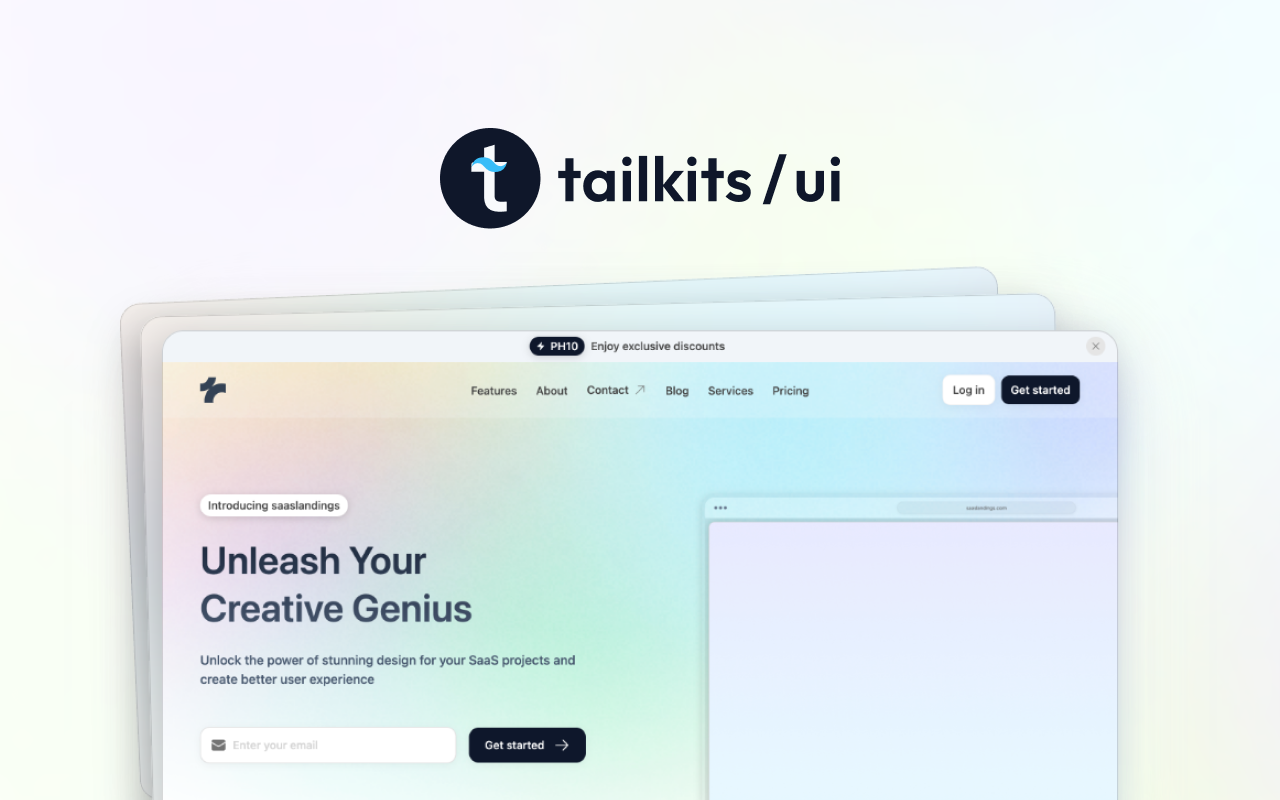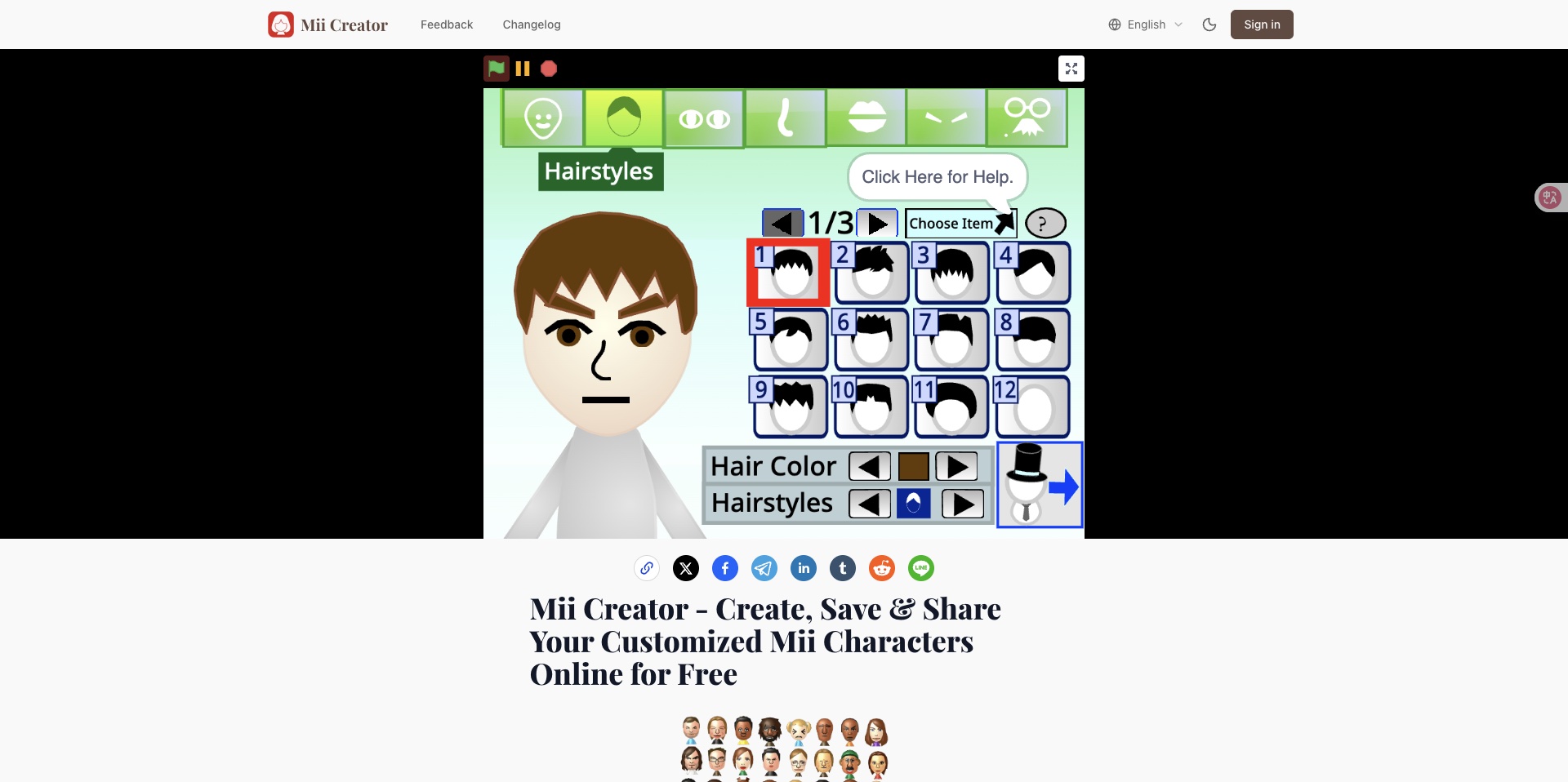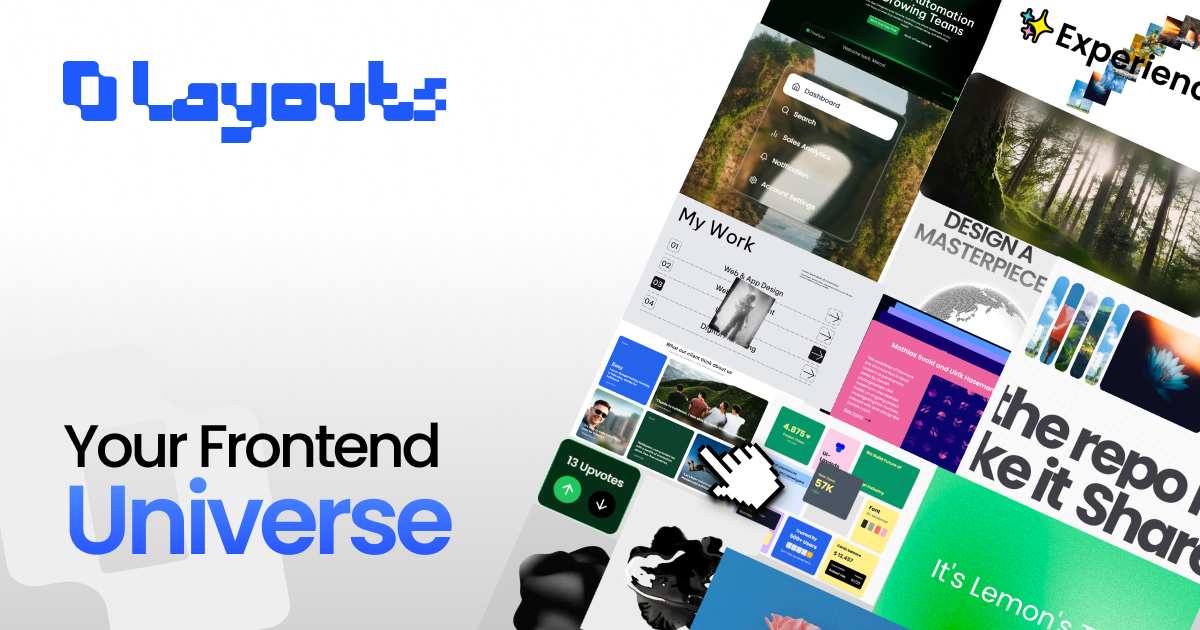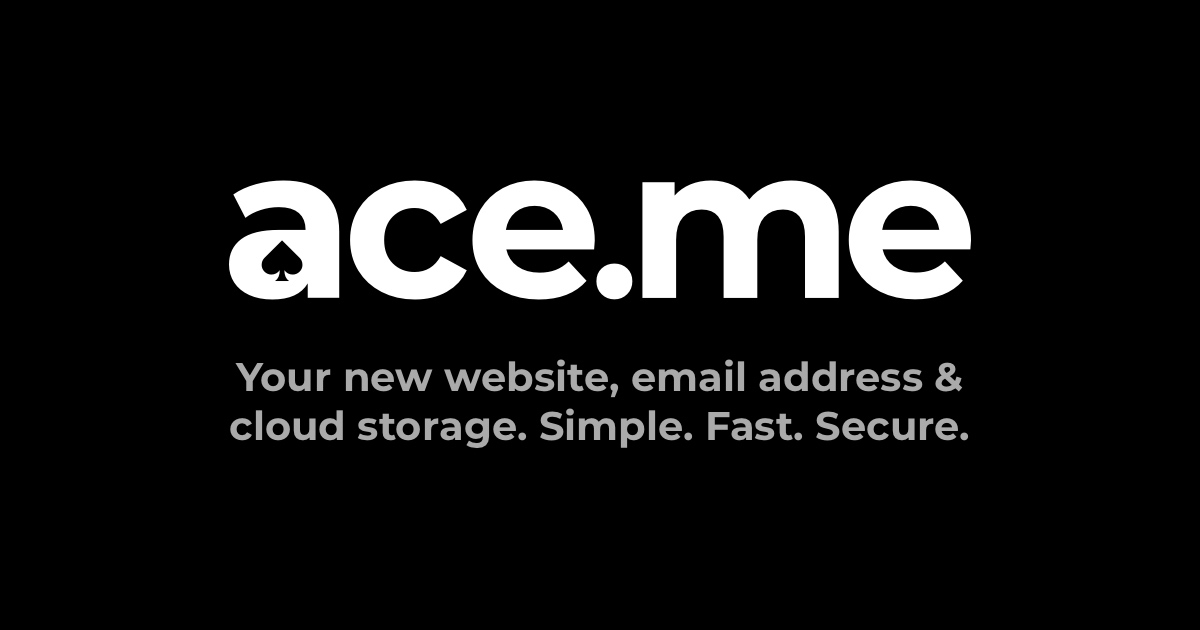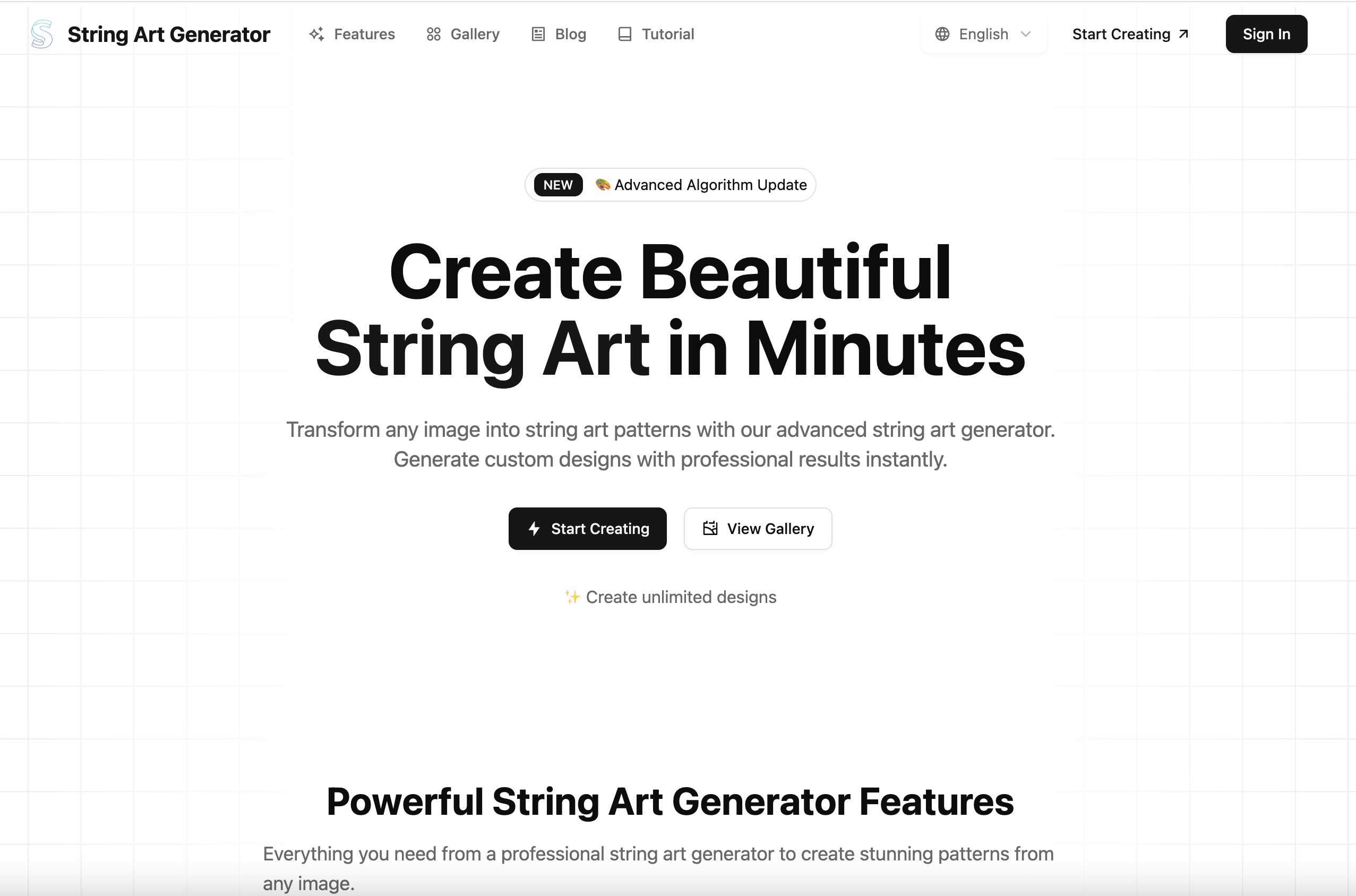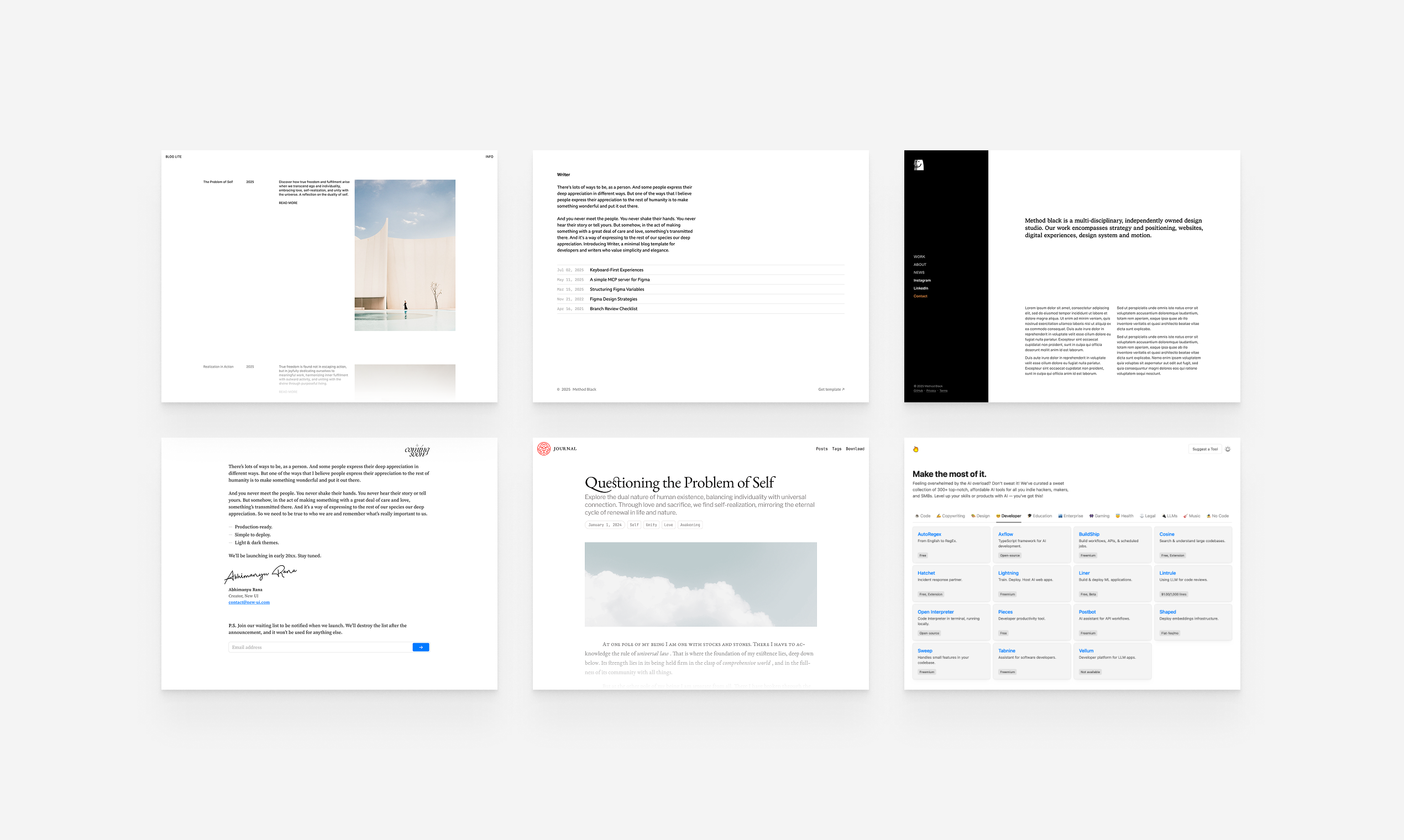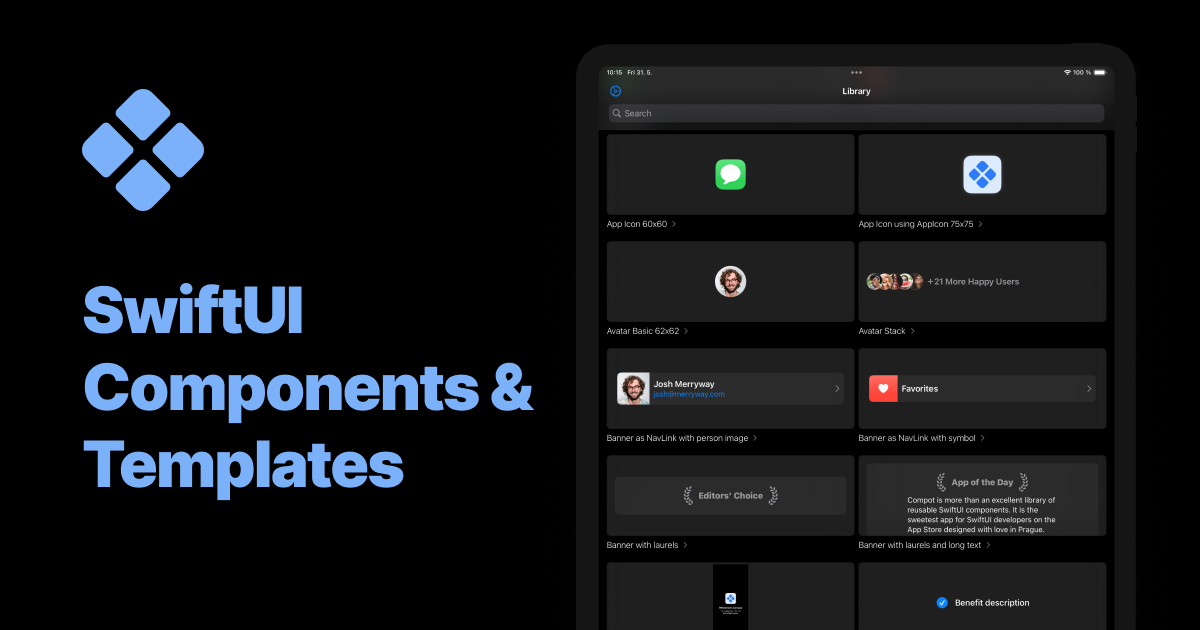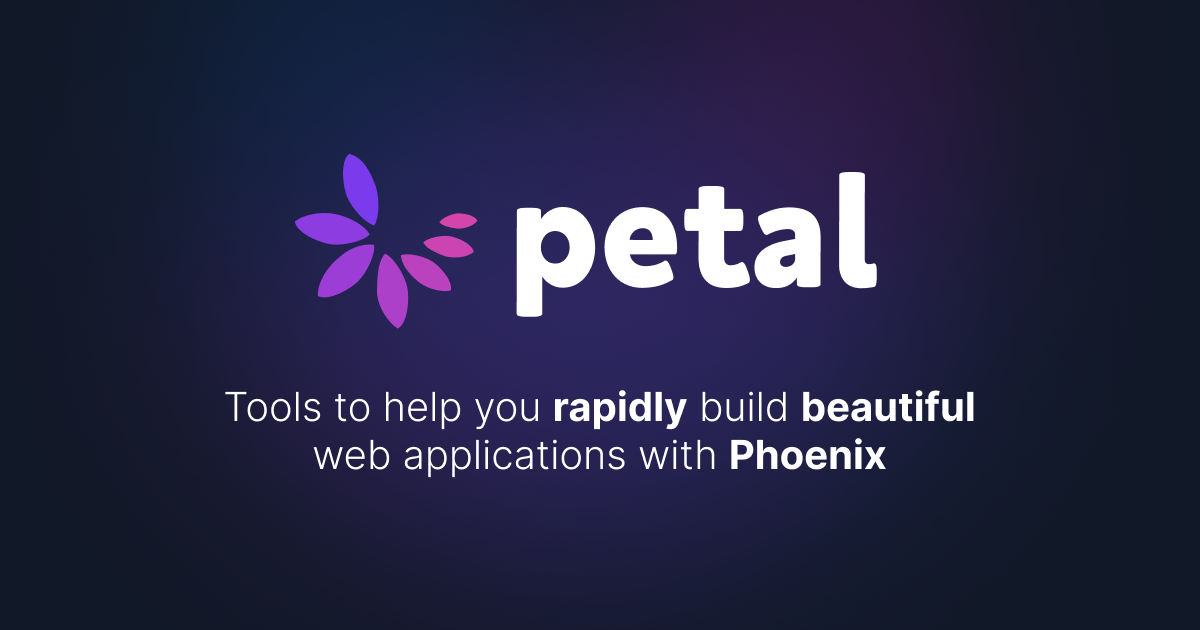Introduction: Radix Themes is an open-source component library designed to accelerate the development of high-quality, accessible user interfaces. It targets developers and teams looking for a robust, pre-configured solution to build modern web applications with ease and efficiency.
Key Features:
Open-source and free to use with a freemium model.
Optimized for fast development and easy maintenance.
Built with accessibility as a core principle.
Requires no configuration – simply import and start building.
Includes a comprehensive set of UI primitives, icons, and color palettes.
Provides pre-built themes for consistent design.
Use Cases: Radix Themes is ideal for a wide range of web application development scenarios. For instance, it can be used to rapidly prototype and build new applications, significantly reducing development time thanks to its "import and go" nature. Teams can leverage its components to create sophisticated dashboards for financial management, including expense tracking, invoicing, payment processing, and detailed financial reporting (MRR, OpEx, CapEx, GPM, NPM, EBITDA, CAC, LTV, Churn).
Beyond financial tools, Radix Themes facilitates the creation of robust user and team management interfaces, allowing for easy invitation and administration of team members. It also supports the development of comprehensive notification systems, enabling users to manage alerts for comments, favorited items, and new document creation via push, email, or Slack. Furthermore, it's well-suited for building productivity tools, such as task management systems with to-do lists, and activity logs to review recent actions within an application.
Pricing Information: Radix Themes operates on a freemium model, offering a "Basic" plan at $0/month for up to 3 team members, which includes essential features like expense tracking, invoicing, and email support. All plans come with a 30-day trial of Pro features. Paid tiers include "Growth" at $49/month for up to 10 team members, adding online payments, recurring invoices, and phone support, and "Pro" at $99/month for unlimited team members, offering advanced features like custom invoices, multi-business support, app integrations, and priority support.
User Experience and Support: The library emphasizes ease of use with its "no configuration required" approach, allowing developers to quickly integrate components. The provided examples showcase a clean, intuitive user interface design across various application types, from team settings to financial dashboards. Support options scale with pricing tiers, ranging from email support on the Basic plan to priority support on the Pro plan. Documentation, a playground, and a blog are available to assist users in learning and implementing the library effectively.
Technical Details: Radix Themes is an open-source component library primarily built for web development. While specific frameworks aren't explicitly stated beyond the import syntax suggesting a JavaScript/TypeScript environment, the component-based structure is highly compatible with modern front-end frameworks like React, Vue, or Angular, with React being strongly implied by the example code snippet. It leverages standard web technologies like CSS for styling.
Pros and Cons:
Pros:
Free and open-source with a generous freemium tier.
Significantly speeds up UI development.
Ensures high accessibility standards out-of-the-box.
Minimal setup and configuration required.
Provides a wide array of pre-designed, customizable components.
Cons:
Specific framework compatibility (e.g., React only) is not explicitly stated, though implied.
Extensive customization might require deeper understanding of the library's internals.
Reliance on the library for design system might limit unique branding without custom theming.
Conclusion: Radix Themes offers a powerful and efficient solution for developers aiming to build accessible, high-quality web applications rapidly. Its open-source nature, ease of use, and comprehensive component set make it an invaluable tool for any modern development workflow. Explore Radix Themes today to streamline your UI development process and create stunning, accessible user experiences.
